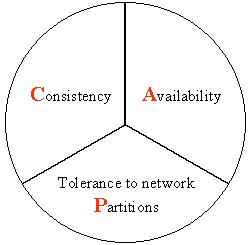This paper addresses the question of how and with what consequences anonymity is used as a creative element in experiments dealing with alternative forms of knowledge production. More specifically, the focus is on a particular current in contemporary dance, experimental dance. This has developed in the course of the 1970s. Its guiding idea is to shift the focus away from finished choreography and performance to the processuality, spontaneity, and experience of dance practice itself. Dance is seen as a laboratory in which to experiment with gravity, body boundaries, group dynamics and perception. The focus is on testing, touching, trying. The corresponding events are called either 'Dance Labs' or 'Movement Research Workshops', depending on the regularity. An instrument that is often used in the context of such events to create specific social situations and group dynamics or to channel perceptions in certain directions is anonymity. Anonymity is broadly understood as the capping of connections that results in a degree of unaccountability with respect to various aspects of a person, situation, or activity. For example, unaccountability can arise from the fact that people can no longer see each other, so that visual identification becomes impossible, even if only temporarily. By breaking familiar modes of identification, other forms of relating can sometimes be emphasized. This is what makes this form of anonymity so interesting for experimental dance.
翻译:本文探讨了匿名如何和后果如何被作为替代知识生产形式实验的创造性要素的问题。 更具体地说, 重点是当代舞蹈、 实验舞蹈中的一种特流。 这是在1970年代发展起来的。 其指导思想是将重点从已完成的舞蹈和表演转向舞蹈本身的过程质量、自发性和经验。 舞蹈被视为一个实验重力、 身体界限、 群体动态和感知的实验室。 重点是测试、 触摸、 尝试。 相应的事件要么叫“ 舞蹈实验室”, 要么叫“ 运动研究讲习班 ”, 取决于规律性。 在这类活动中经常使用的一种工具来创造特定的社会状况和群体动态, 或将某些方面的看法引导为匿名。 匿名性被广泛理解为导致对一个人、 身体 、 状态 或 活动 各个方面 进行某种程度的不负责性实验的连接。 例如, 无法解析的问题可能来自人们无法再看到对方的事实, 所以视觉识别变得不可能, 所以视觉识别成为一种工具, 即使这种实验性的方式也只是暂时地强调了这种实验性的方式。




